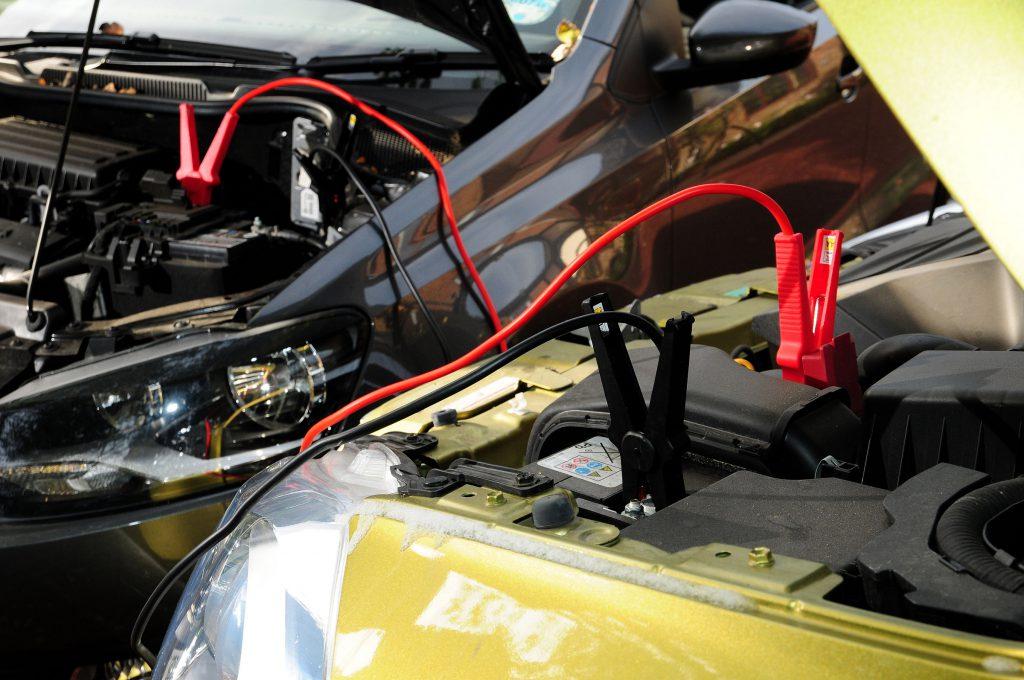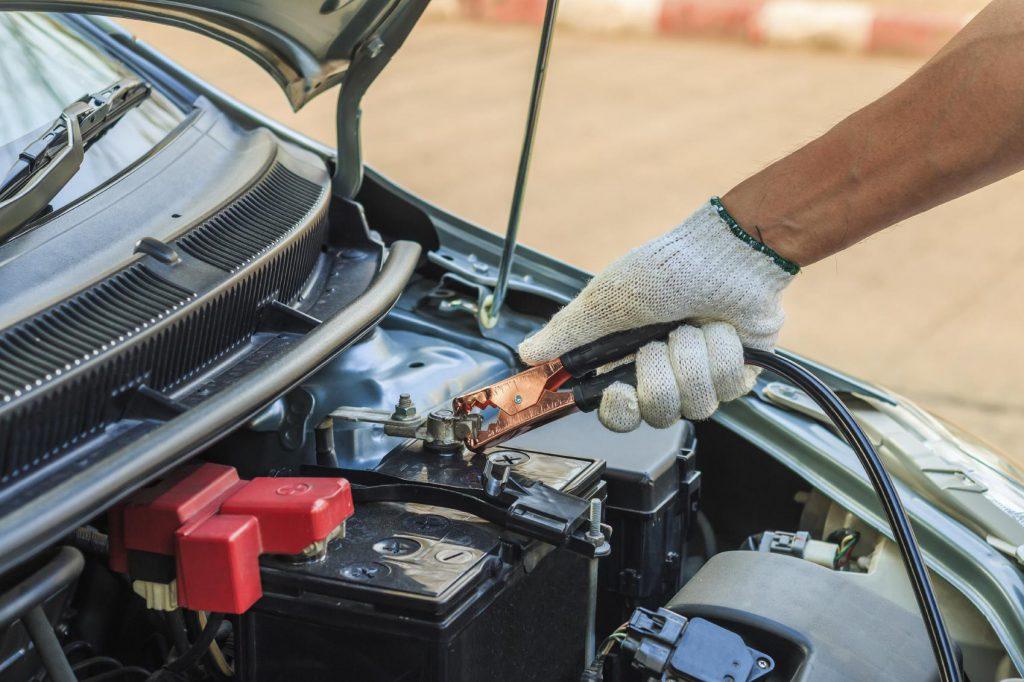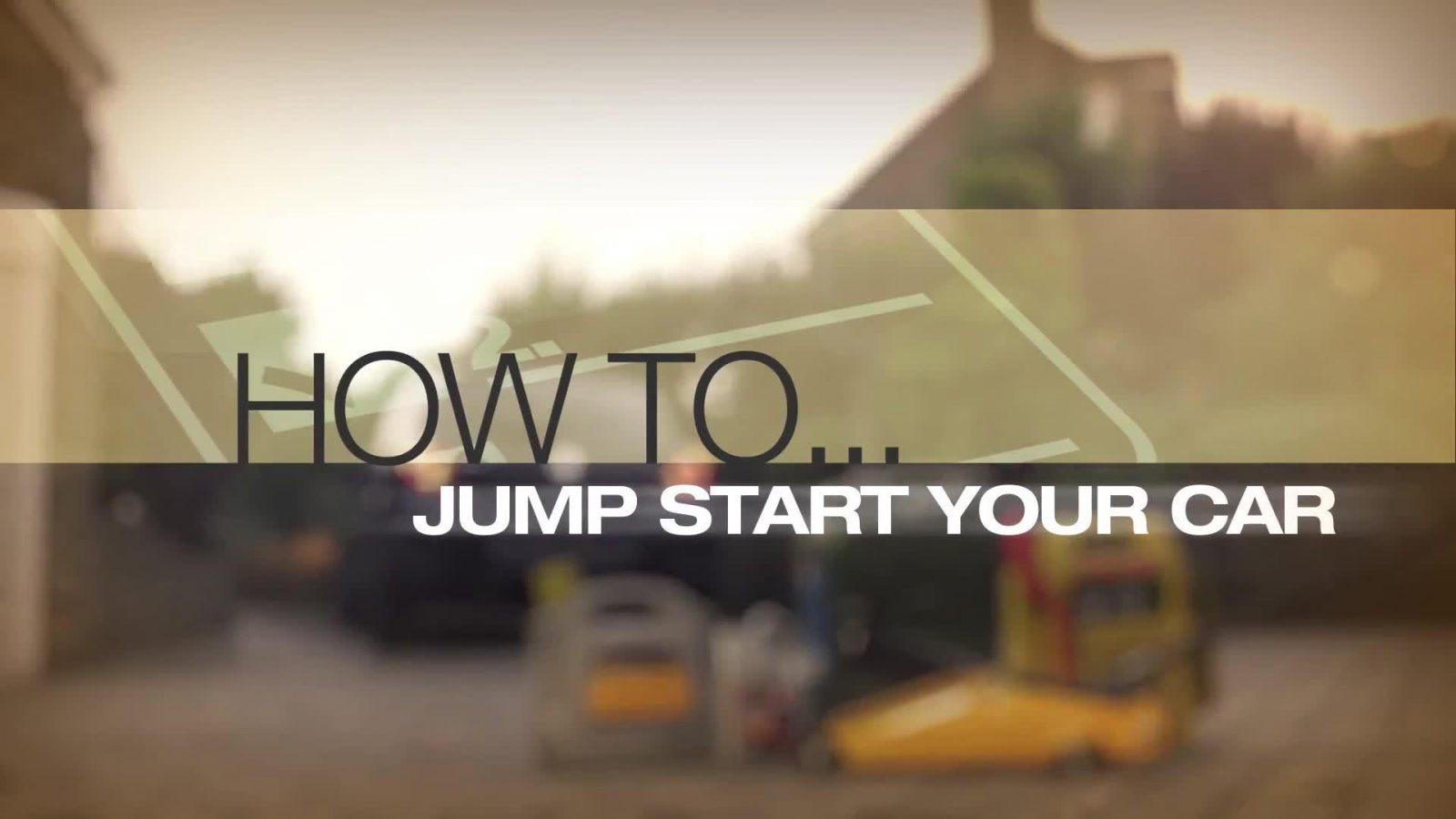Getting an automatic car into a running state with keys in the ignition point seems easy unless it starts troubling. In technical words, the dead battery or faulty starter motor doesn’t allow the car to start even when the keys are turned to driving mode.
Therefore, gaining driving tips on how to bump-start a car with an automatic transmission is incredibly useful, especially when there’s no car breakdown service station nearby.
Contents
Systematic Procedure to Bump-start a Car with an Automatic Transmission
Is it possible to bump-start an automatic car?
In most cases, it is not possible to bump start an automatic car in the same way you would bump start a manual transmission car. Bump starting, also known as push starting or jump starting, typically involves getting a manual transmission car moving by pushing or rolling it and then engaging the clutch to start the engine.
Automatic transmission cars, on the other hand, rely on a torque converter to transmit power from the engine to the transmission. The torque converter functions as a fluid coupling that allows the engine to run even when the car is stationary, without the need to engage the clutch. This means that the engine can’t be started simply by pushing or rolling the car.
If you’re experiencing issues starting an automatic car, it’s best to consult the owner’s manual or contact a professional mechanic for assistance.
How to jump-start a car using leads?
The unavailability of other methods makes “Push-start” the most successful process of starting the vehicle. Classified into two categories, the first process of bump-start requires using leads while the second method demands car-rolling to start the engine.
Unlike manual cars, the second process is not recommended for automatic vehicles because it would cause considerable damage to the transmission system. However, the first method works best to jump-start a car with jump leads.
Therefore, without any further ado, let’s learn the steps to jump-start a car using leads.
1. Place the two cars closely
Yes! True “two cars”, one which needs a jump-start and another, which has a charged battery. Placing these two cars close to each other is essential because this would allow the leads to connect properly.
Additionally, keep the metal objects away from the car’s battery or cables, as these are a good conductor of electricity. Also, take off any clothing that may end up catching in engine’s bay. Moreover, inspect the car batteries. In case, any of this chargeable tool is broken or seems to leak, take the car to the professional mechanic immediately. Similarly, if the cables are damaged, buy the new ones.
2. Connect the leads to a positive terminal
-

Learn about how to bump-start a car with an automatic transmission. Source: HotCars
Before connecting the leads to the car’s battery, turn off the engine with the keys out. Next, on the positive terminal (+) of the working car’s battery (Let’s name it Car 1), attach the red jump cable using the clip. And, clip the other end of the red cable onto the positive terminal of the non-working car (Let’s name it Car 2).
During the connection, make sure that the fasten wires don’t fall into the engine area. Otherwise, during the method of bump-starting a car with an automatic transmission, you may end up harming yourself.
3. Connect the leads to the negative terminal
Now, attach one end of the black lead to the negative terminal (-) of the Car’s 1 battery, with another end to the earthing point of Car 2. Usually, the cars have a defined earthing point but in case, there is no dedicated position, connect the black lead to any unpainted bolt like engine chassis or block. While connecting the black lead, a minor sparking will occur, which is nothing to be worried about.
Note: The other end of the connected black lead should be away from the fuel-related components and battery of the car.
Read more:
- Steps to Fix Auto Transmission: Not Shifting into 3rd Gear
- Tips to Convert Manual Transmission into Automatic
4. Start the cars
Gently turn “ON” the engine of Car 1 and after a while (around 5 minutes), check the status of Car 2. You must be able to start the latter vehicle. In case, Car 2 doesn’t start, check the connection and try again. Still, if the vehicle doesn’t start, this calls for the battery replacement.
On the contrary, if Car 2 starts running, remove the clips. However, don’t touch any of the electrical components, and remove the leads by handling their insulated area.
Tip: Remove leads in the following order: Black lead connected to the Earthern end, then Black part connected to Car 1, next to the Red clip on Car 2, and finally, the red clip on Car 1.
-

Explore how to bump-start a car with an automatic transmission. Source: Global Garage
To wrap up, keep the Car 2 in running condition for the next 15 minutes. This is essential for the battery to charge and the car to run normally. In case, the vehicle turns off before 15 minutes, you may end up repeating the entire process of “bump-start a car with an automatic transmission.”
Watch more:




Safe-Strong-Special price
This is the 21st century and there are small devices that can now jump start an automatic car. And they are portable too.
How come they are not mentioned here as the second alternative to jump start an automatic car?
The battery is OK but the starter has failed and am stuck in a journey in the middle of the night…